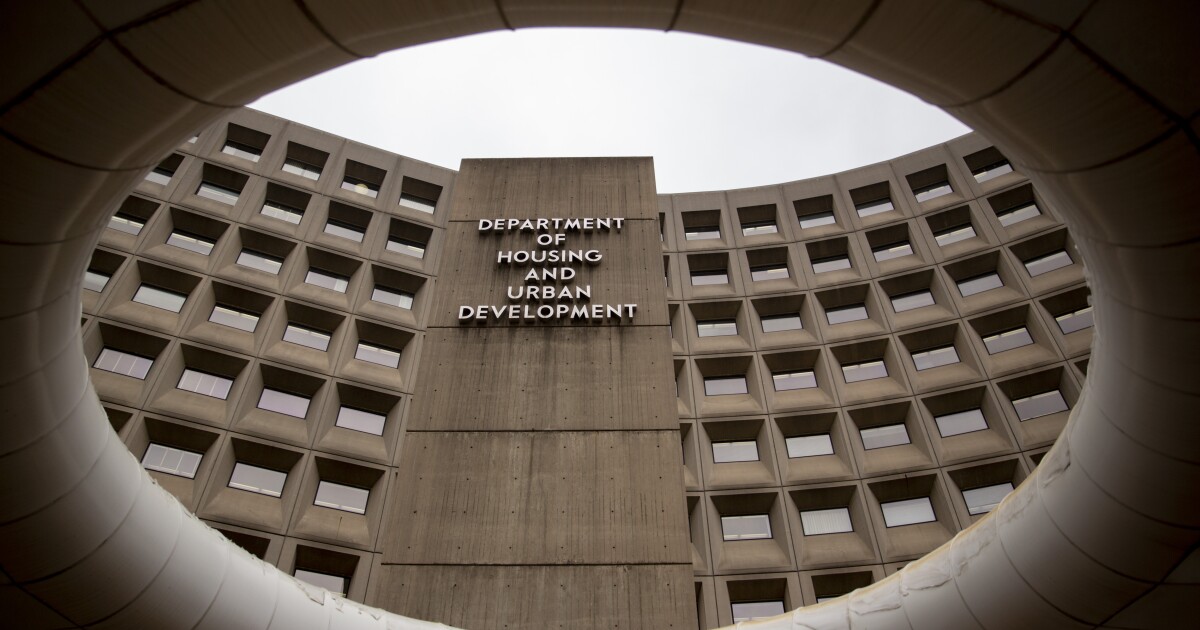
The Community Home Lenders of America is "increasingly concerned" about how a government securitization guarantor's rules impact their ability to sell mortgage servicing rights, according to a new letter the group penned.
The group indicated in a letter to Ginnie Mae this week that the proliferation of loan-level loss-mitigation options interacts with mortgage securitization pooling rules in ways that heighten liquidity strains for nonbank players, particularly if they're small.
The association is working with the Federal Housing Administration to address issues with foreclosure prevention at the loan level, but the full challenge can't be resolved without Ginnie, said Kelly Welch, executive vice president at Equity Resources, a nonbank CHLA member.
"We're hoping, with their new budget this year, they can start making some adjustments," she said, noting that Ginnie is aware of the concern but indicated it has lacked the resources to address it. "This is more of a concern in today's market than it's ever been before."
Ginnie,
Welch said the letter aims to keep growing strain for community lenders top of mind with officials amid that transition.
"We are hoping, with the changeover in the administration, that they continue thinking through this," Welch said, noting that Sam Valverde, the former acting director of Ginnie Mae who recently stepped down, had voiced awareness of the issue.
The challenge, which is a concern that bridges two arms of the Department of Housing and Urban Development and other government agencies, is a complex one involving issues that impede nonbanks' ability to maximize the value of their mortgage assets.
It's also one that's counterintuitive in some respects. For one, the proliferation of streamlined loss mitigation help for distressed borrowers should give them more chances to reperform. That theoretically should improve the value of loans in the secondary market.
But the intermingling of Ginnie's rules with the easy access to modifications and other foreclosure alternatives adds a challenge when it comes to nonbanks actually getting the best prices for their loans and servicing.
Mortgage-backed securities that Ginnie backs and lenders issue trade most easily at the pool level. The buyer interest in typical servicing sales is the performing segment of the pool and removing distressed loans from it has particular challenges.
Even though mortgage distress overall has been historically low recently, it tends to be higher for Ginnie Mae securitizations as compared with other segments of the market, and with foreclosure prevention easily accessible more loans fall at least temporarily into that category.
So community lenders often need to buy out the distressed loans from a pool to accommodate a servicing trade, even if those mortgages don't trigger typical procedural removals, such as occur after a foreclosure sale or loss mitigation option that changes rates or balances.
Those increasing servicing-related distressed-loan buyouts are something lenders must devote operational and financial resources to, such as investment in specialized warehouse lines of credit to hold mortgages removed from pools.
So while those loans may ultimately reperform in ways that improve their value and open up options like repooling, their interim status is less optimal and increasingly common.
Pooling rules can be tricky to change as they aim to provide MBS investors in integrity in terms of the terms they agree to when they buy securities, and Welch said Ginnie has indicated the addressing the issue could take extensive systems and accounting upgrades that take years.
"I can imagine this will take them some time to come up with some solutions, but our goal is really just to get them to start working through and get it on their agenda, so that they can start realizing that this is a problem for issuers," Welch said.
"It's something that really will benefit the liquidity of the whole government market," she added.
Nonbanks increasingly dominate Ginnie Mae's issuer base. Also, MBS issuance has been relatively high recently, surpassing its
That means there's a lot of potential interest in Ginnie servicing trades that the pooling rules are constraining, Welch said, noting that her company has been increasingly holding the assets rather then selling them because of the growing concern.
"We're actually servicing a lot more government loans than conventional loans just because of this salability issue," said Welch.



